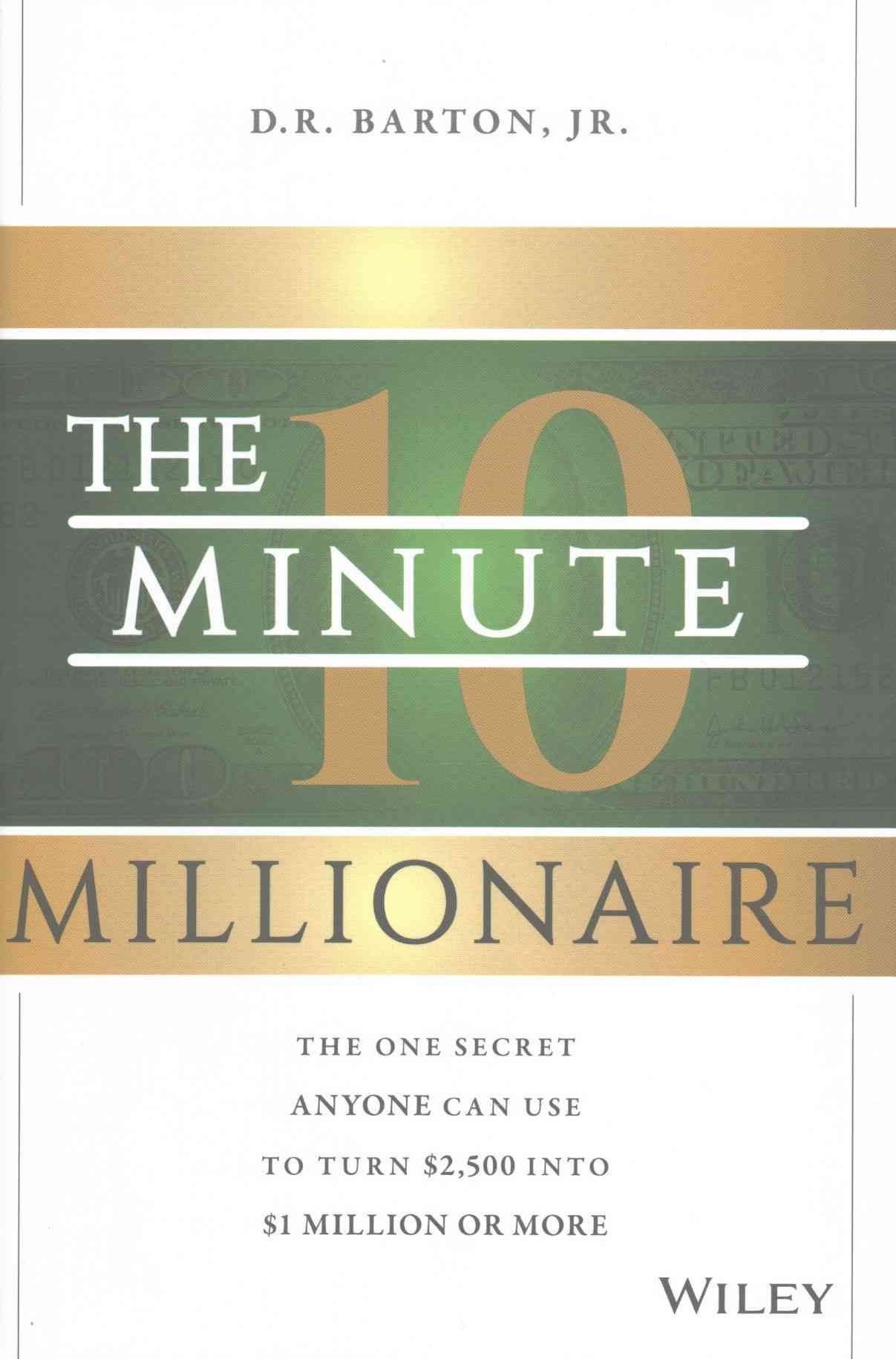This textbook offers a unique approach to macroeconomic theory built on microeconomic foundations of monetary macroeconomics within a unified framework of an intertemporal general equilibrium model extended to a sequential and dynamic analysis. It investigates the implications of expectations and of stationary fiscal policies on allocations, on the quantity of money, and on the dynamic evolution of the economy with and without noise. The text contrasts and compares the two main competing approaches in macroeconomics within the same intertemporal model of a closed monetary economy: the one postulating full price flexibility to guarantee equilibrium in all markets at all times under perfect foresight or rational expectations, versus the so called disequilibrium approach where trading occurs at non- market-clearing prices and wages when these adjust sluggishly from period to period in response to market disequilibrium signals.












